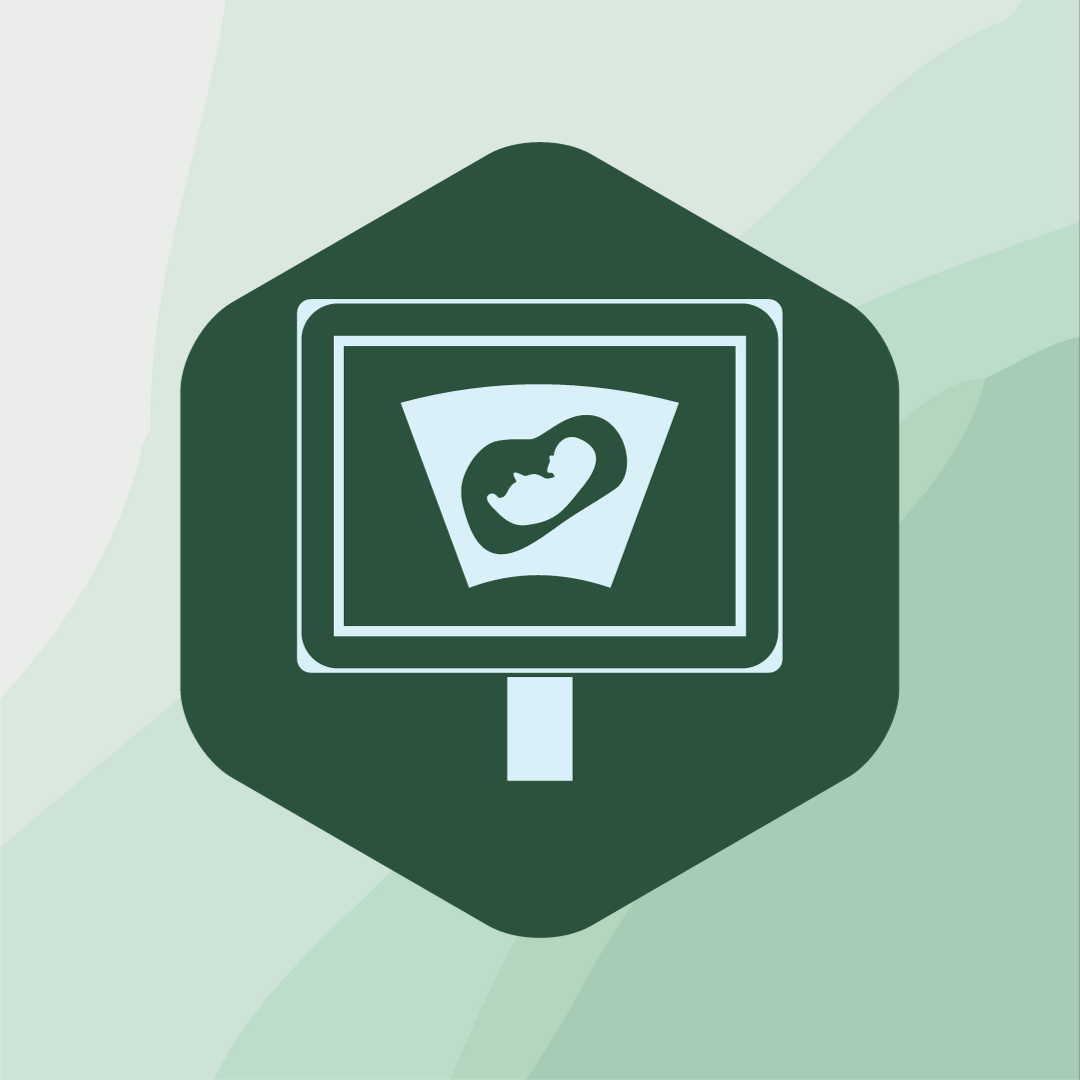It Is Too Soon for Clinical Trials on Artificial Wombs
By Vardit Ravitsky and Louise King,
Scientific American
| 06. 01. 2024
Artificial wombs are moving from the realm of science fiction to possible trials with severely premature human babies. We are excited about the great potential benefits of this technology; however, with fetal rights now a political front in the abortion debate, we believe that society must address the ethical and legal implications well before those clinical trials begin.
Globally, preterm birth is the leading cause of death in children under age five. An artificial womb could provide severely premature newborns with an environment like the uterus by suspending the fetus in a flexible container filled with lab-made amniotic fluid. This innovation—so far tested only in animals—might mitigate or even prevent complications of prematurity by allowing the fetus’s underdeveloped heart and lungs to continue to grow.
An advisory panel of the U.S Food and Drug Administration is now considering whether to permit those first in-human clinical trials, despite only limited success in animal trials. Currently, from a bioethical perspective, it is not clear that animal models provide enough evidence to move forward with human trials. However, if...
Related Articles
By Jonathan Matthews, GMWatch | 12.11.2025
In our first article in this series, we investigated the dark PR tactics that have accompanied Colossal Bioscience’s de-extinction disinformation campaign, in which transgenic cloned grey wolves have been showcased to the world as resurrected dire wolves – a...
By Jenny Lange, BioNews | 12.01.2025
A UK toddler with a rare genetic condition was the first person to receive a new gene therapy that appears to halt disease progression.
Oliver, now three years old, has Hunter syndrome, an inherited genetic disorder that leads to physical...
By Simar Bajaj, The New York Times | 11.27.2025
A common cold was enough to kill Cora Oakley.
Born in Morristown, N.J., with virtually no immune system, Cora was diagnosed with severe combined immunodeficiency, a rare genetic condition that leaves the body without key white blood cells.
It’s better...
By Rachel Hall, The Guardian | 11.30.2025
Couples are needlessly going through IVF because male infertility is under-researched, with the NHS too often failing to diagnose treatable causes, leading experts have said.
Poor understanding among GPs and a lack of specialists and NHS testing means male infertility...




